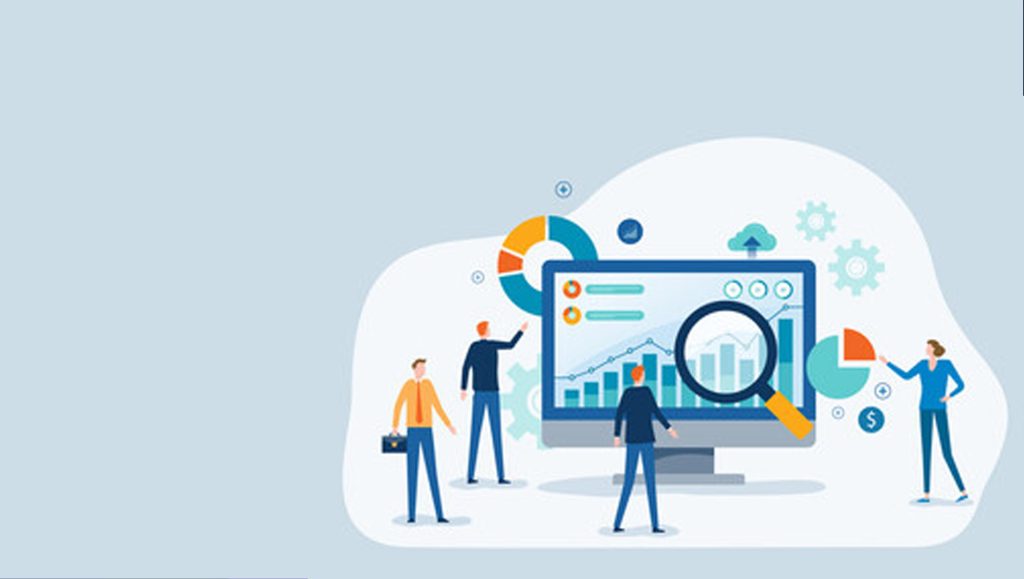Ask yourself this question: Can a country’s government teach lessons to private companies on how to optimally use advanced IT solutions? No, right? Well, here is an example that might help you understand this answer in a better manner.
The story of Estonia is an interesting one for anyone who holds an interest in the IT industry. Estonia is a small country in Northern Europe. It’s not really an interesting place for a long stay during winter since it becomes too cold. The chilly weather, decades of suppression under the Soviet Union regime and a lack of wealth made it difficult for the tiny nation to build an efficient physical infrastructure. So, did these disadvantages bog them down? No!
Estonians went on to build strong and robust virtual roads: their telecommunications infrastructure. The country’s e-Residency program has risen to fame lately, which is essentially the most awesome technology product in the region. It is a program by which a person of any country can be a virtual resident in Estonia and conduct business as a virtual citizen.
The most interesting part is that most of this process is done entirely over the internet. This is one of the best Software as a Service (SaaS) program ever offered by any government in the world. All the data is communicated with a Cloud. Now imagine, narrating this concept to a person from the 1980s!
Read more: Strategic Planning vs. Tactical Planning for SaaS Sales
Today, there is a highly mature ecosystem of SaaS providers spreading all over the globe. The industry and its players are young and vibrant, and there is a rapid rise in demand for software products by the minute. From email automation to customer relations management, organizations all over the world are trying to bring about automation in their business and replace costly and unnecessary manual intervention. There are a number of benefits offered by these automation software packages, which include:
- SaaS programs are hosted on a cloud server; there is no need for users to get it installed on their computer, which helps them go easily mobile.
- Software modules and user interfaces are mostly customized according to the user’s needs, saving time and money.
Anyone can access SaaS services from any location with proper network connectivity. Most codes written today have the ability to run on any platform including Windows, iOS and the Android. But then, even this cross-platform facilitation of rendering software services is increasingly becoming commonplace.
The competition is rising and the service providers do not aim merely to satisfy their customers but to entice them to try out all the features so as to build loyalty.
Ways to Create a Successful Customer Onboarding Strategy in SaaS
SaaS service providers need to go the extra mile to provide an excellent product served with impeccable customer service. Here are a few ways to create a successful onboarding strategy in SaaS:
1. First Impression
As the old saying goes, “You’ll never get a second chance to make a first impression”. So, when thinking about SaaS growth hacks, it is essential to remember that image matters. It is as simple as saying, that people do judge books by their cover. What’s under the hood is important, but to get there you need to make a really good first impression on your welcome screen.
But, how do you make a good first impression through a website? You aren’t meeting a person or having a non-on-one discussion with them to actually impress them with your communications skills. So, how do you do it?
By sprucing up your website. It is essential to pay the most attention to your company’s “About Us” page. You must answer questions like what service you seek to deliver, who are your clients, what are your competitive advantage, etc. in a simple and clear manner.
2. Keep the User in Mind
The sheer length of sign-up forms are sometimes reasons why users leave mid-way before even getting to experience the service you offer. These forms should be short and have regard for the user’s time and privacy. It should avoid gathering data that the user might be hesitant to disclose. You can use a survey maker to make sign-up forms and feedback forms to keep track of customer experience.
Dynamic form-field validations are also important. Filling in the whole information, and being greeted with messages like “username should contain a mix of upper case and small case alphabets, and special characters” or “Password must at least be 8 characters in length” are really annoying. It should be validated instantly as the user enters it.
3. Agility and Simplicity
It is simply great to watch talented people working on expert systems. How good your service is, will ultimately be determined by the user, how easily he can navigate over the pages and access the programs. Avoiding the clutter and presenting the most relevant material to the user is always advisable. Minimalism is your friend.
4. A Warm Welcome Goes A Long Way
Your onboarding strategy should always include a welcome email sent to your customers as soon as they sign up for the service. The style should be casual and simple. This advice is often overlooked. Some automated emails look like as if they are rendering the Brazilian Carnival in the user’s mailbox. Care should be given to make a professional impression.
5. Product Tutorials
A new user may find most of the new features intimidating. Imagine a scenario where an organization is switching over from bookkeeping in the local drive to a cloud-based ERP system. The accountant will be a bundle of nerves. To calm them down, an easy approach should be taken for product tutorial and user orientation.
6. Data Transfer
The best guy in the group is one with an inclusive approach for his relationships. Similarly, software programs also need to be accommodative in catering to the user’s data needs. A user switching over from a different platform would have important data to be transferred into the new one.
An easy and comprehensive system for data import should be implemented. Care should also be given to ensure that the process is fine-tuned and streamlined so that it doesn’t take up the user’s precious time.
7. Collaboration
The customer always seeks convenience. Being compatible and collaborative with other service providers helps to deliver an integrated experience to the customer. This can be achieved with live chat software.
For example, ProProfs Chat has the needed features to offer instant customer support and redirect customer queries to the right department. It ensures a delightful customer experience.
8. Email Interaction
A clear policy for email communication should be followed. Filing the user’s mailbox with tons of emails is not advisable. Instead, resourceful e-journals and educational emails should be shared with users with a view to raise customer awareness.
9. Documentation
It is always a good practice to have every form of communication properly documented. Each communication should be categorized according to their confidentiality and significance and copies should be stored electronically. In case any dispute arises on any matters relating to service delivery or data security, these supporting documents can be of great avail.
Create the Perfect Onboarding Strategy in SaaS With Project Management Software!
All the ways discussed in this blog are vital to creating a successful customer onboarding strategy, but how do you implement it? A project management software is a way to go. Remember, it is not only to create the perfect onboarding strategy but also manage your own team and improve their performance to ensure customer retention as well. So, choose the right project management software for your company and ensure successful customer onboarding, satisfaction, and retention.
Read more: 5 Steps to Onboarding Your New Customers to Make Them Stay





















